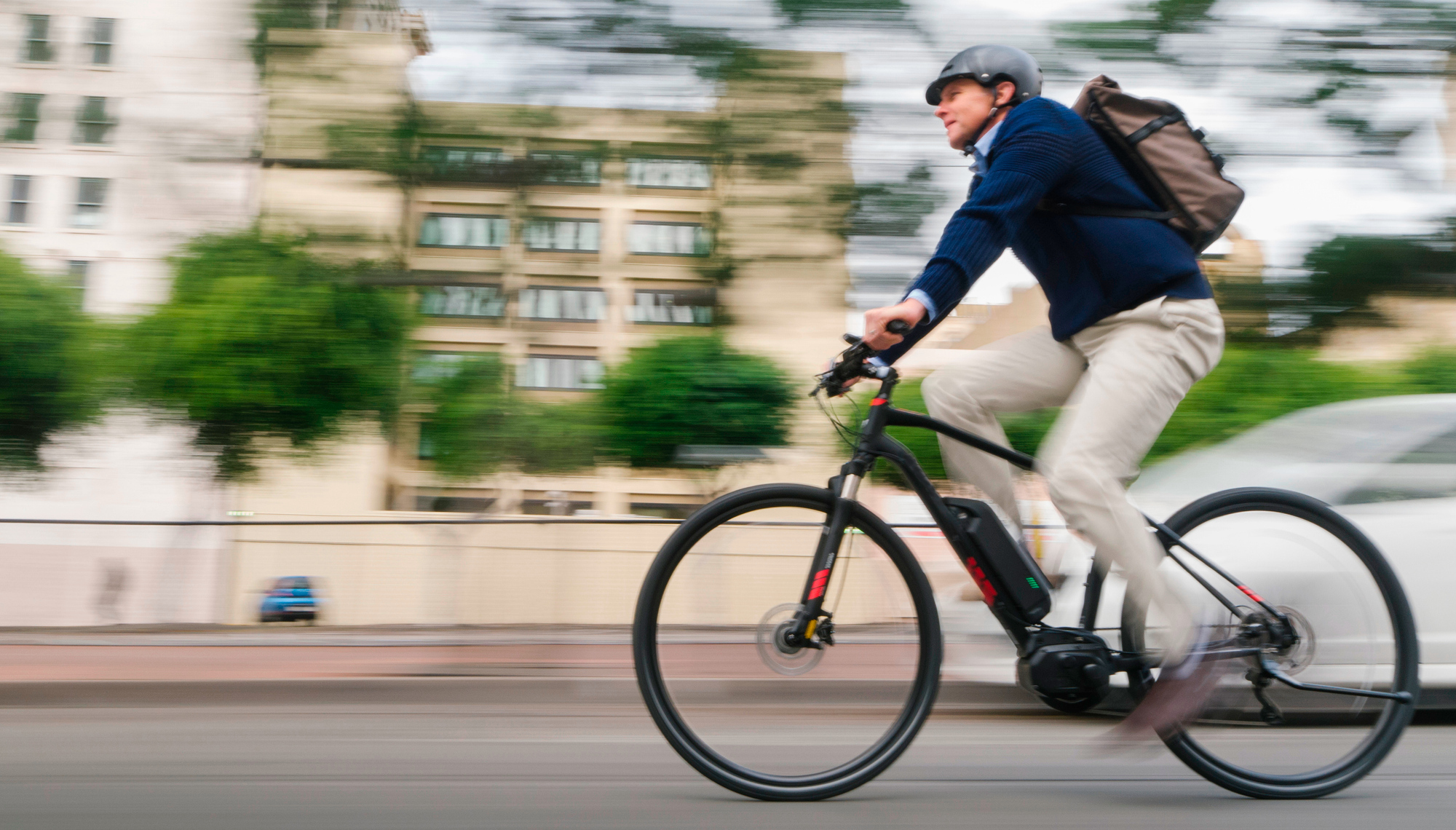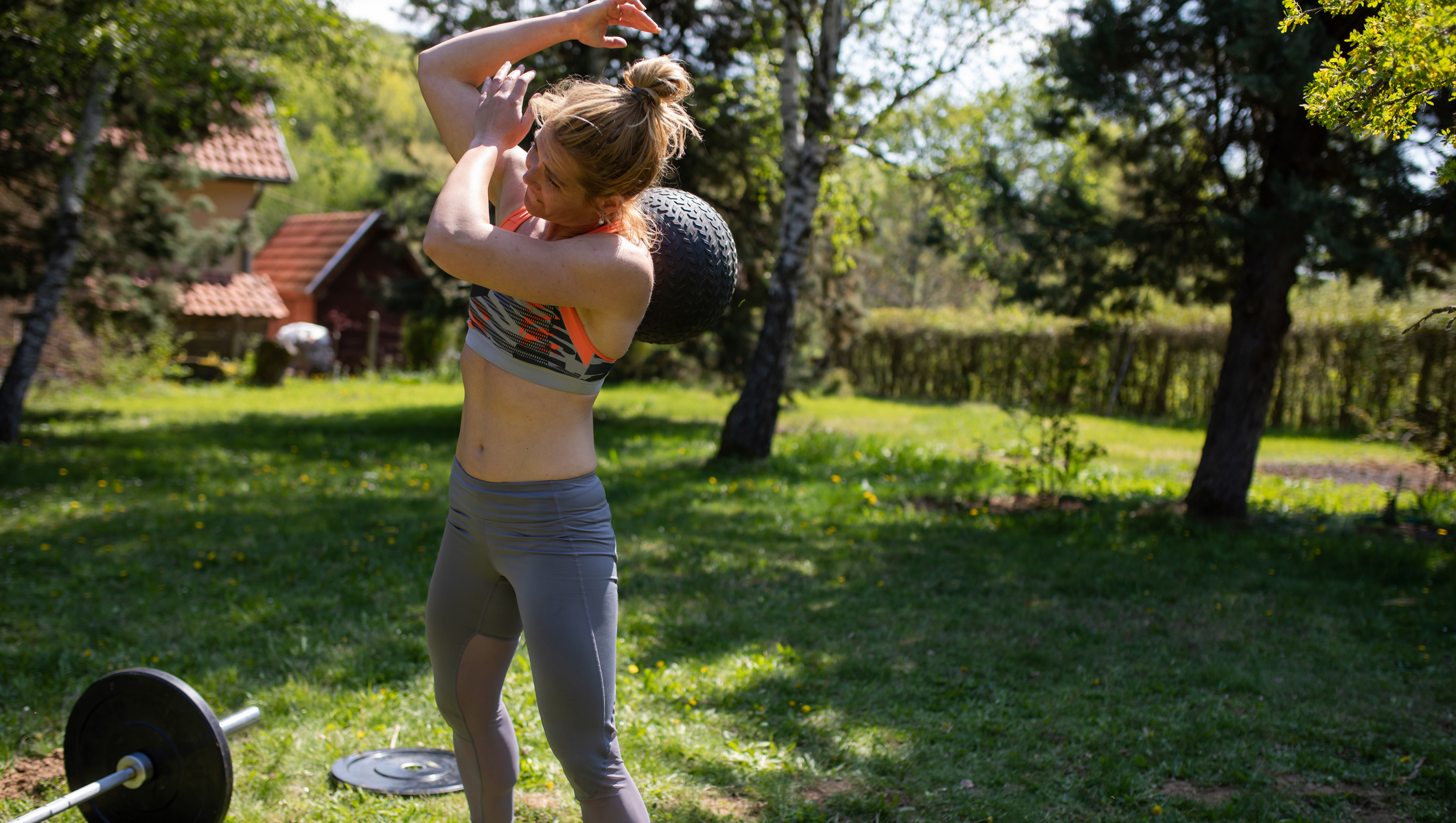Four Swimming Drills To Enliven Your Time In The Pool
Coach Dan Bullock breaks down the drills in the Speedo’s new Mind Body Swim training programme

Swimming is a phenomenal way to stay fit and active. No-one should need convincing of that. But if you’re a lapsed paddler who learned to swim as a kid and are just coming back to the pool, it can also be phenomenally boring – slogging away at the same speed with the same stroke.
To help make the whole experience more enjoyable and beneficial, Speedo has launched Mind Body Swim, a microsite that offers training plans tailored to four goals and your current level, as well nutritional and well-being advice.
If you just fancy dipping your toe in the water, though, throw one of these four swimming drills taken from Mind Body Swim workouts into your next session. To help you pick, we asked Speedo coach Dan Bullock to break down how each drill will benefit your technique, as well as common mistakes to look out for. But first…
When to do these drills
When you’re in the pool, obviously, but once you’ve warmed up Bullock recommends doing them either before or after a main block of swimming.
Doing them beforehand can help you to perform a stroke to the best of your ability and, as Bullock explains, “it makes sense to perform the drills while in a non-fatigued state so the body can adapt and make changes.”
Alternatively, Bullock says, “drills can also be of use after the main set as a way to polish a tired and exhausted swim technique ahead of leaving the pool. Ideally, you restore your technique ahead of finishing rather than leaving with a deteriorated technique.”
Swimming Drills
Tombstone
This macabre-sounding drill isn’t called the tombstone because it’s killer on the legs (although it could be). The name refers to the vertical position of the float in the water.
Get the Coach Newsletter
Sign up for workout ideas, training advice, reviews of the latest gear and more.
What it does: The increase in resistance from holding the board in this way will help to improve your leg strength and if you follow the technique points you’ll also develop a more powerful kick. “The two elements of better technique and strength in your legs will combine with your arm pull to assist your overall swim speed,” says Bullock.
Expert tips: Don’t keep your head up because this action will sink your hips and legs, making moving forwards harder. “Pop up quickly for air and return the head to the water face down,” advises Bullock.
“Start with a small amount of the float submerged. You can easily progress this by submerging the float fully.
“Don’t take bigger kicks thinking this will shift you forwards. Instead, take more frequent smaller kicks to remain streamlined in the water.”
See related
- The Benefits Of Swimming Will Convince You To Dig Out Your Swimming Costume
- The Best Swimming Goggles
- Two Insanely Helpful Swimming Technique Tips That’ll Make You Enjoy Front Crawl Again
BAFL
Patting your head and rubbing your stomach can baffle your brain, and so can the BAFL drill – initially at least. BAFL is an acronym that stands for breaststroke arms and front crawl legs.
What it does: “Swimming is a highly cerebral process,” says Bullock, “combining timing, rhythm, proprioception [your body’s positional sense], skill and co-ordination. To improve certain movements we can make them more challenging so that the normal movement comes easier.
“Combining breaststroke arms and front crawl legs does this to an extent. By not rotating the body as you would for front crawl you can focus on a continuous leg kick. Often, during full stroke front crawl, the legs develop a pause linked to breathing.”
Expert tips: “The usual issues with this drill are keeping the head up and facing forwards which will increase resistance, combined with an arm movement that is too big,” says Bullock. “During the pull, don’t allow the hands to travel behind the chin. Sweep your hands out, around and into the chin area as you start to look down and push your arms forwards. Kicks should be strong and continuous with no dead spots.”
Punch
Bad news, you do not get to take your pent-up aggression on the water – this drill doesn’t encourage furious splashing (save that for your bath). Worse news, using clenched fists instead of open hands makes swimming as difficult as it sounds. Good news, your front crawl technique is going to improve tremendously.
What it does: “Taking the hand away makes front crawl much harder,” says Bullock. “Everything else needs to work a little harder to compensate. Ideally, it encourages the swimmer to pull with the forearm to offset the missing hand, which promotes an early pivot at the elbow and vertical forearm. The body is very clever at making up for what is missing!
“Vary this by swimming with just one fist clenched for a half-length to note differences in arm movements, pathways under the body and speed of pull.”
Expert tips: “Just because your hand is clenched does not mean your arm pull will be perfect,” cautions Bullock. “Avoid pushing down with a straight arm and pivoting at the shoulder as this will boost the head up and limit forward propulsion. Instead, pivot your arm at the elbow and roll your knuckles to point down early just as your fingertips would with a normal pull.
“Fins might make this a little easier and of course you don’t have to attempt a full length using this drill. Performing two or three strokes with fists clenched before opening and closing them can help you feel a stronger pull on the water.”
Superman
There is nothing wrong with humming the Superman theme tune to yourself while trying this drill that helps you to get a feel for how you should rotate and elongate your body during front crawl. There’s also nothing wrong with using fins and a float – none of us is actual Superman.
What it does: “The perfect front crawl isn’t swum flat with shoulders horizontal to the surface of the water,” says Bullock. “Instead, rotating your upper body from side to side lowers your frontal profile, which creates less drag and elevates the trailing shoulder, enabling easier breathing.
“This simple-looking drill is actually quite tricky to do well but it does encourage an enhanced body position in the water and prompts you to breathe on both sides.”
Expert tips: Work on finding that Goldilocks zone. “If the kick is not quite strong enough then it is not easy to elevate your trailing shoulder above the surface,” says Bullock. “But too much violent kicking will see the upper body and shoulder rocking from side to side.
“Try not to look to the side when performing this drill – you want your face down as you would when swimming the full front crawl. Keep your head still until you need to breathe. Your lead arm should be parallel to the surface but not at the surface pointing up from a lower shoulder position exposing the arm and adding drag.”
For sets, laps and full workouts, sign up for Mind Body Swim at speedo.com

Jonathan Shannon was the editor of the Coach website from 2016 to 2024, developing a wide-ranging experience of health and fitness. Jonathan took up running while editing Coach and used the training plans on the site to run a sub-40min 10K, 1hr 28min half marathon and 3hr 6min marathon. He’s an advocate of cycling to work and is Coach’s e-bike reviewer, and not just because he lives up a bit of a hill. He also reviews fitness trackers and other workout gear.









